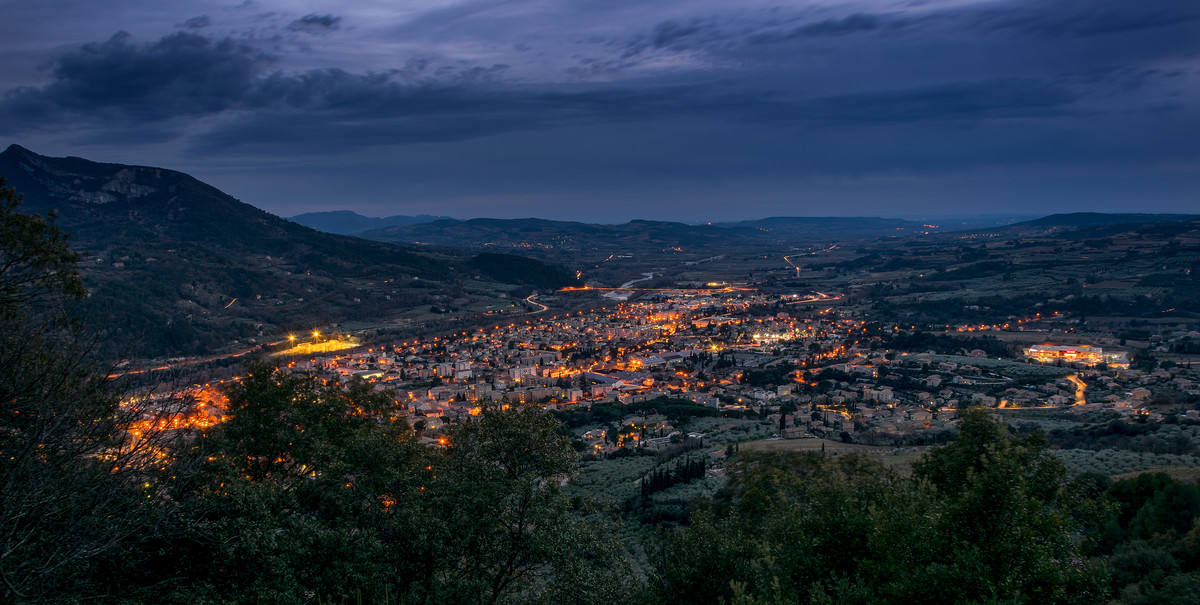Within the framework of the Air Energy Climate Plan, the Aix Marseille Provence Metropolitan Area, in partnership with Cerema, offered a webinar on 19 November 2020 on the challenges of appropriate lighting for a respected biodiversity.
Many local authorities are now developing programmes to reduce and adapt their lighting mainly for energy-saving reasons. However, these actions also have an impact on biodiversity (fauna and flora) but also on human health.
The development of a black, dark, obscure screen, i.e. the identification of the ecological network characterised by a certain darkness and borrowed by nocturnal species, is therefore important as well as green and blue screens. This webinar addressed the following issues to better understand and take into account :
- The issues surrounding artificial lighting
- Light pollution on a metropolitan scale - the challenges for the territory
- The black weft: a tool for rational lighting - experience feedback
- Night-time ecological continuities in planning documents
- Technical solutions to reduce the impact of lighting on biodiversity
Do not hesitate to read the presentation and the report of the exchanges and questions.
In addition to this webinar, you can consult :
- the AUBE sheets : AUBE - Aménagement, urbanisme, biodiversité, éclairage, elaborated by Cerema : - AUBE - Aménagement, urbanisme, biodiversité, éclairage | Publications du Cerema
- But also the Feedback sheet on the experimentation carried out by the Metropolis of Nice Cote d'Azur, partner of the Nature For City LIFE project on the impact of light pollution on biodiversity.:20/05 01 NCL CAGNES V4 CM.indd (nature4citylife.eu)
